- Call us: 01444 237070
- Contact Us
- Stores
- Sign In / Register
-
- Back
- Used Cameras
- Used Accessories
- Used Lenses
- Used Video
- Used Film Equipment
- Used Stock Alert
- Used Blank Test
- Sell or Part Exchange
- Used Clearance
- Recently Added Used Equipment
- Park Picks
- All Used Black Friday Deals
- Faulty
- Trade-In
- Blog
- New in
- Call us
- Contact us
- Stores
- Sign in
- Categories
- Tips & Inspiration
- Reviews
- News
- Events
- Features
- Buying Guides
- Competitions
Hands-on Fujifilm X100V Review With Samples
It wasn’t until its replacement launched in early 2024 that you could get your hands on the highly prized Fujifilm X100V compact camera. For a couple of years, which probably felt like a lifetime to some, the premium compact was even more expensive on the used market than it was brand new.
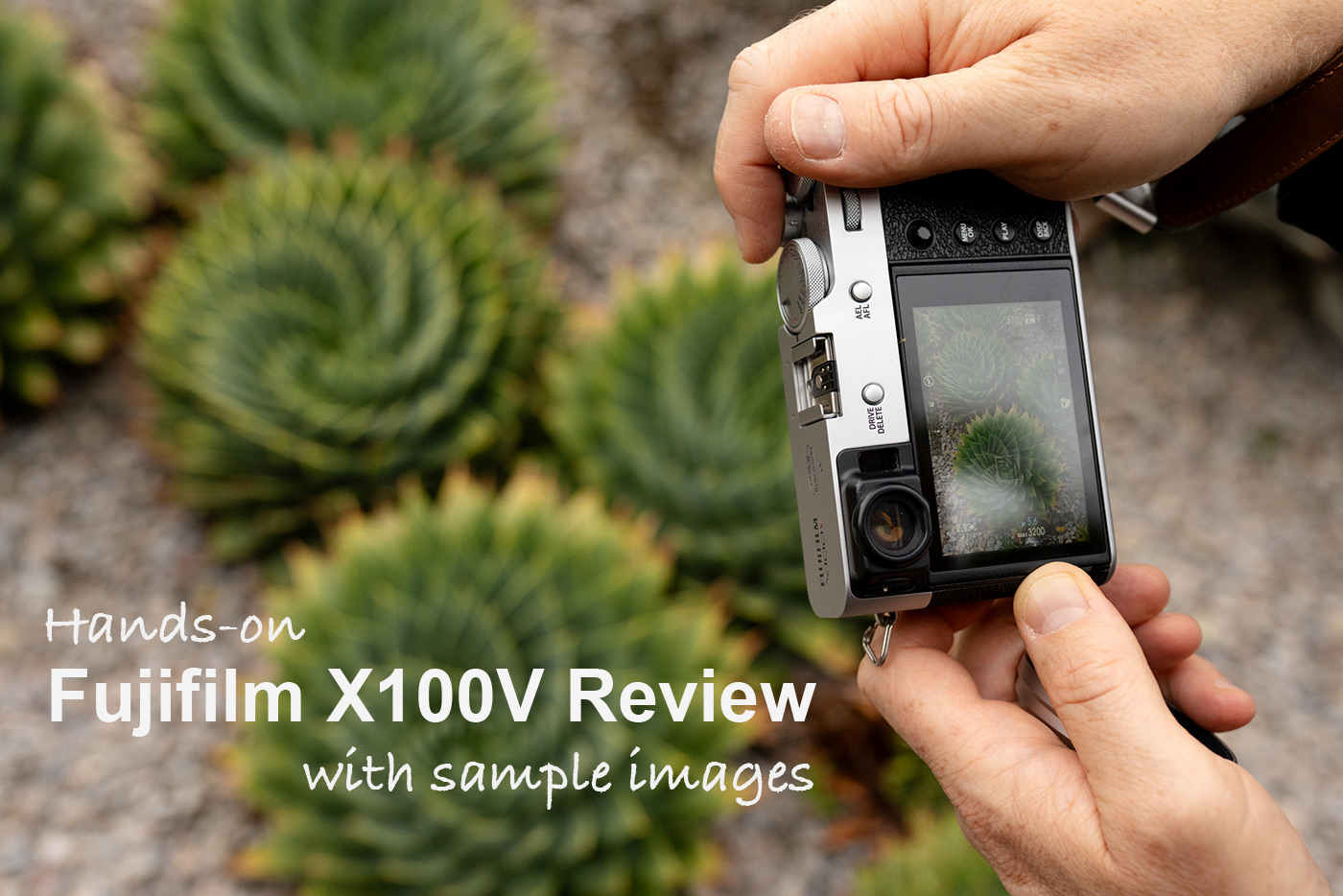
Once the next-gen model was announced, that all changed, and a handful of second-hand Fujifilm X100V cameras began to appear on the market as users received their upgraded versions.
With that in mind, we set off for a hands-on Fujifilm X100V review, taking this little Fujifilm compact camera away on a summer weekend during holiday season. It’s right up there among the best compact cameras for travel, and with renewed second-hand availability in 2025, the timing couldn’t have been better.
So whatever your reason for reading this review, whether you’re checking the Fujifilm X100V price or browsing Fujifilm X100 sample images, join us as we explore this oh-so-desirable premium compact that took the market by storm just a year or two ago.
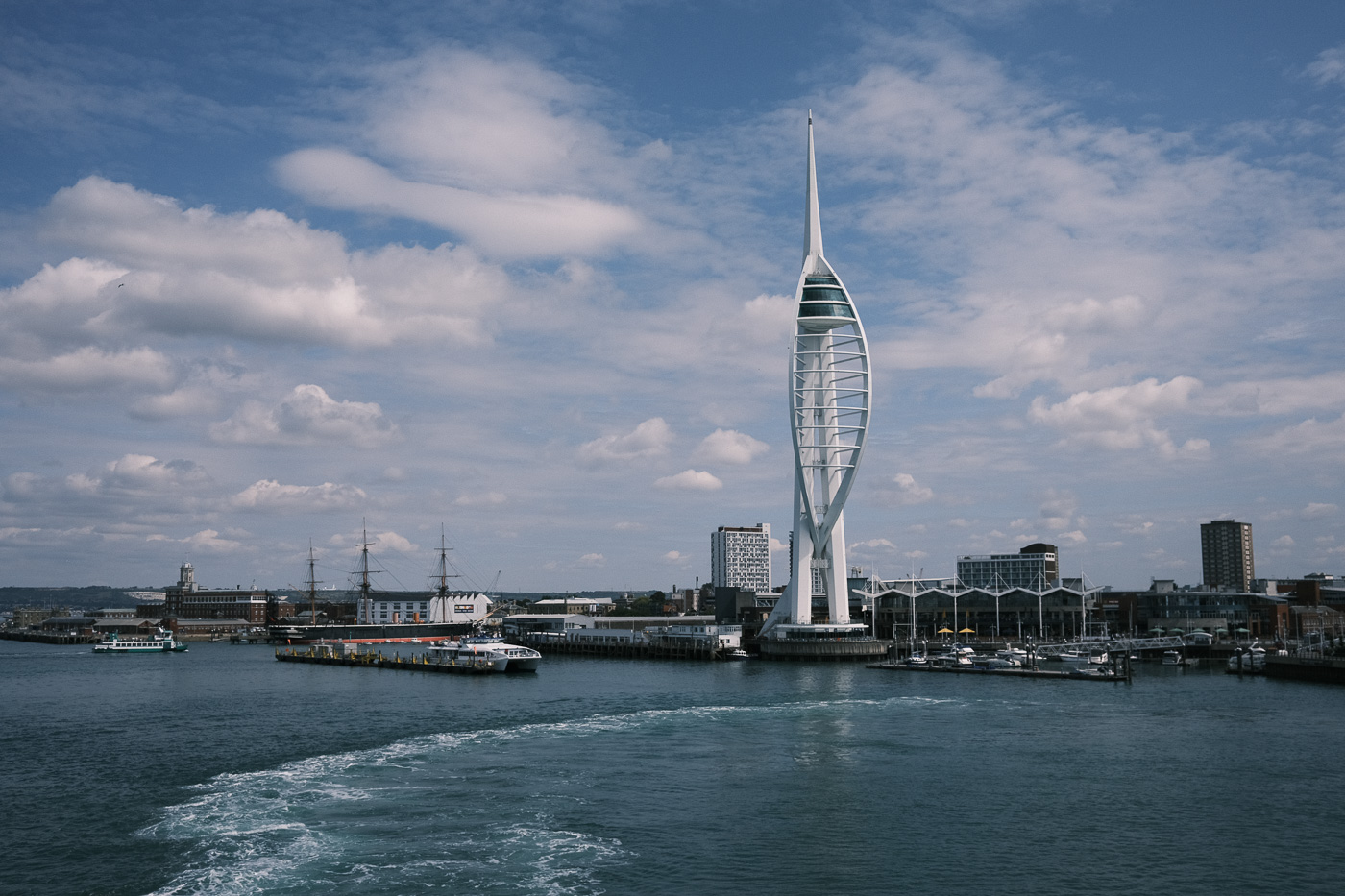
Sample 01. 1/1500. f/5.6 ISO 160
Fujifilm X100 sample images
The sample photos in this review were captured by Nick Dautlich over a few days while on summer holiday in the UK. They’re straight out of camera, with no editing aside from the occasional straightened horizon, apparently I was a bit wonky after the ferry!
A couple of Fujifilm Film Simulations were tested, but most of the images were shot in Velvia/Vivid, which suits the sunny conditions we had most of the time, or Classic Neg., which adds a desaturated, contrasty feel. Images were made at a variety of speeds, ISO values and apertures to show some range.
Film Simulations are a huge part of the appeal of Fujifilm cameras. With a rich history in analogue film, printing, and colour science, Fujifilm’s digital cameras let you emulate classic film stocks in-camera. You can also shoot RAW and JPEG simultaneously, so it’s easy to share baked-in colours straight out of camera, or edit the RAWs to your taste later. Learn more about Fujifilm Film Simulations in our post here.
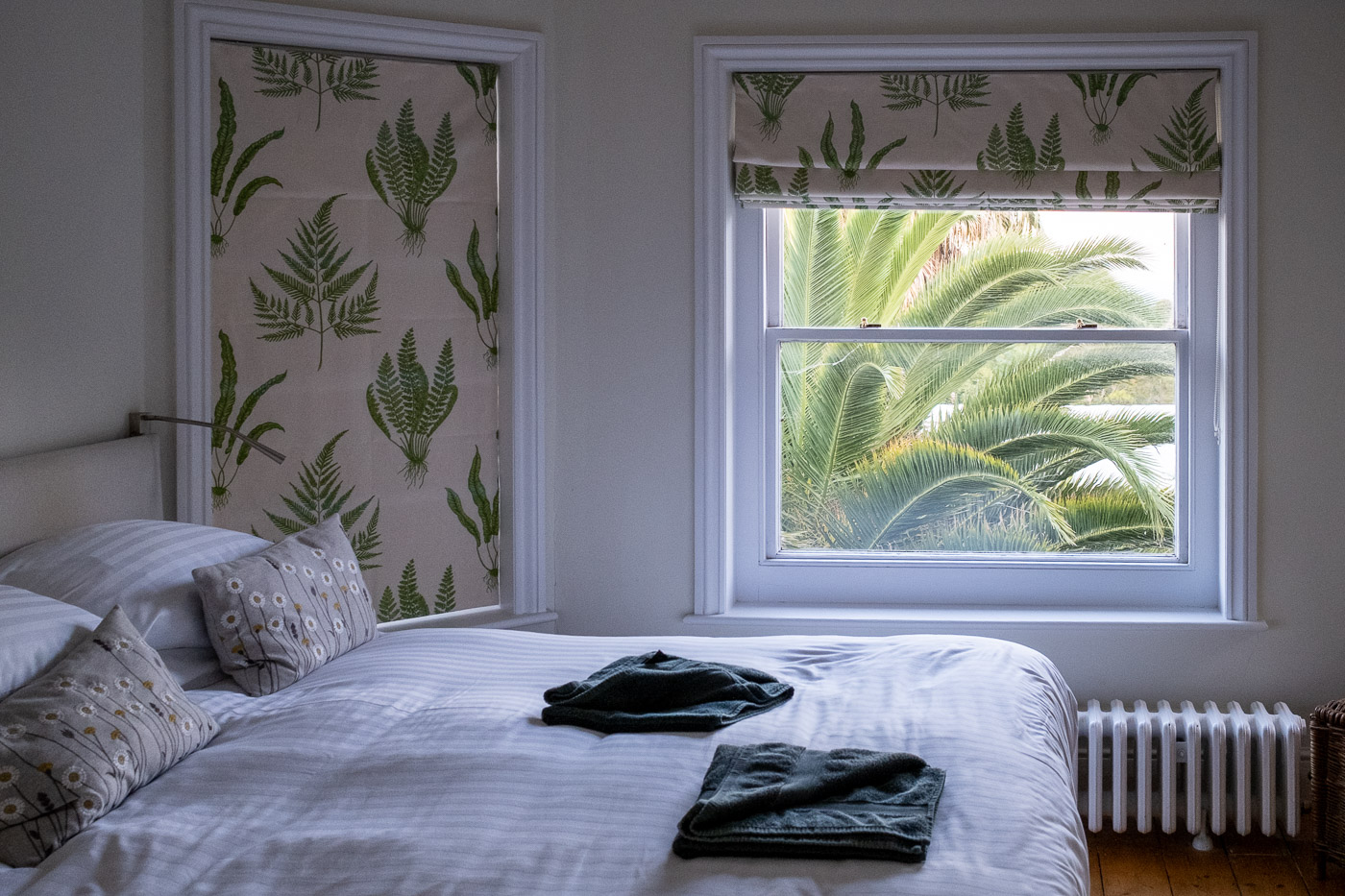
Sample 02. 1/80. f/5.6 ISO 3200
Fujifilm X100VI vs X100V
When the sixth-generation compact was released, we made a comprehensive Fujifilm X100VI vs X100V specs comparison in our X100VI review. While the newer model brings plenty of upgrades, Fujifilm retained a lot from the X100V, which is testament to how refined this camera already was, even looking at it in 2025.
Some of the most notable features carried over include:
- The fixed 23mm f/2.0 lens, delivering a classic 35mm equivalent field of view
- A single UHS-I SD memory card slot
- A mechanical shutter with up to 11fps burst shooting
- The built-in flash
- Fujifilm’s unique hybrid viewfinder, combining OVF and EVF
- The same 3-inch 1.62 million-dot rear LCD
- 4-stop built-in neutral density (ND) filter
- USB-C charging, HDMI Type D output and other connectivity
The processor and sensor were upgraded for the newer model, but the original 26.1MP APS-C X-Trans CMOS sensor is widely praised, and still delivers excellent image quality, which we’ll get into next.
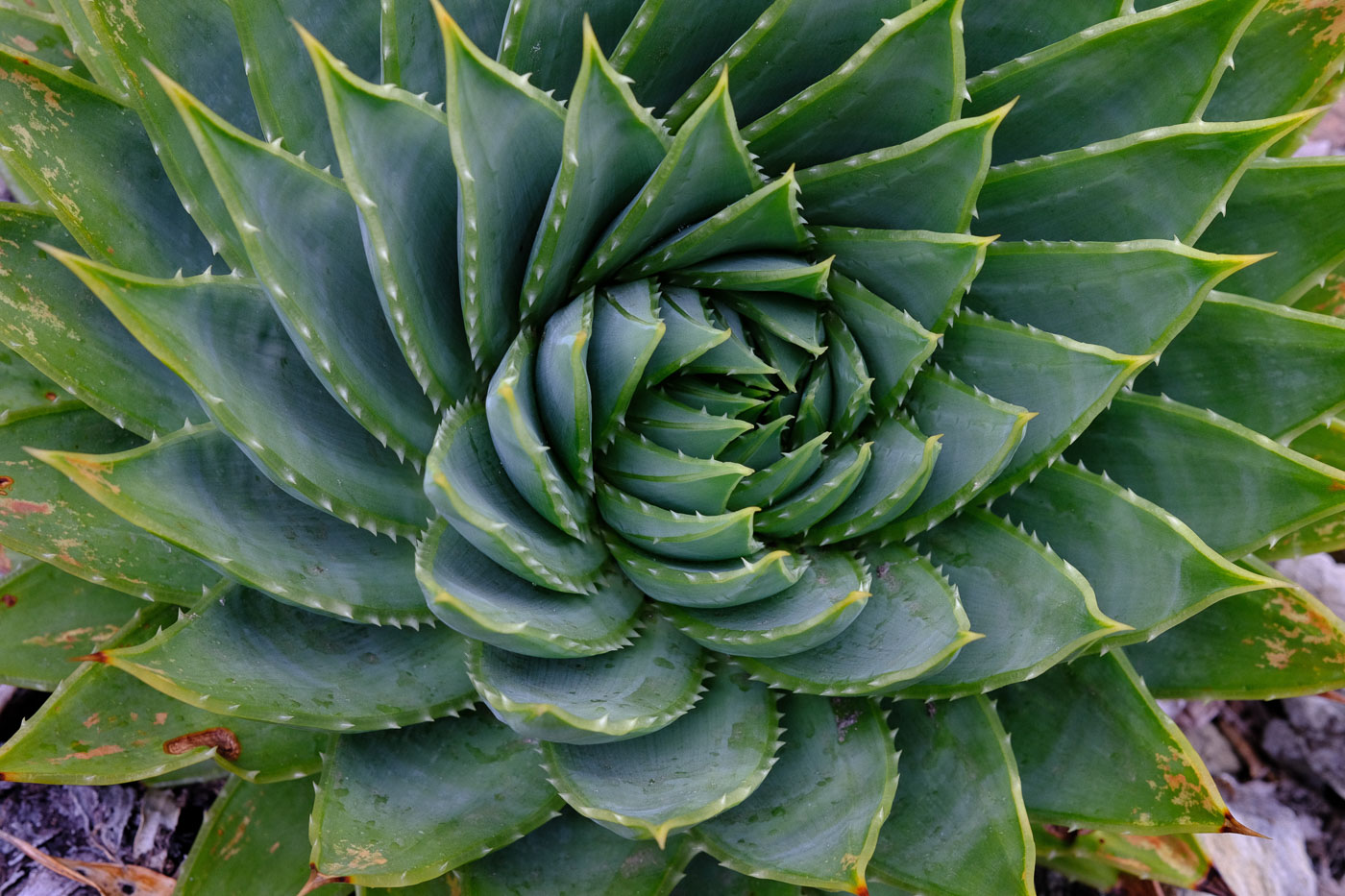
Sample 03. 1/100. f/5.6 ISO 400
Image quality
Image quality might not be the main reason to buy a compact like the X100V, but it still plays a role in how much you’ll enjoy using it. The good news is that the lens, sensor, and processor combine to produce genuinely excellent results, especially if you’re into straight-out-of-camera images using any of the 17 Film Simulations, depending on firmware version.
The 26MP sensor produces really detailed files, and the Fujifilm X100V lens is impressively sharp across the whole frame. It’s so sharp, that as noted earlier Fujifilm kept it for the 40MP sensor in the newer model.
That said, lens flare was an issue at times, and one of the sample images shows just how wild it can get. While this can produce interesting results, it’s probably worth avoiding direct light sources where possible on the whole. The maximum f/2.0 aperture does allow for a shallow depth of field and background blur when desirable, and stopping down to around f/8 provides excellent sharpness from front to back, which is great when you’re capturing landscapes, city scenes, and similar shots where you want everything in focus.
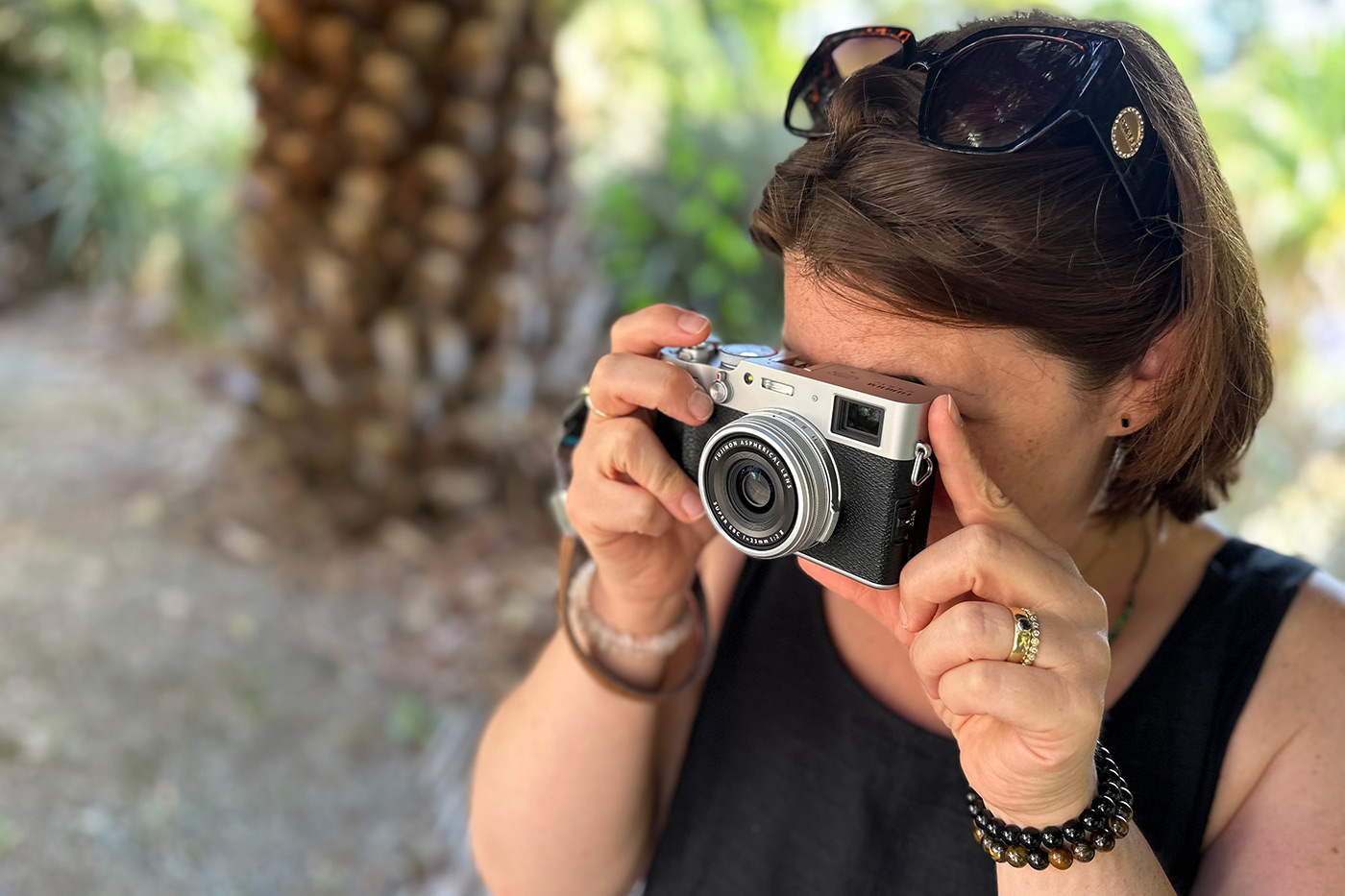
Overall, the image quality is excellent. Colours are punchy, contrast is strong, and there’s decent dynamic range if you want to pull highlights or lift shadows. The X100V is more than capable of producing beautiful holiday or travel shots that look great on social media, or even printed, if that’s your jam. It’s a cult classic that slips into a jacket pocket and still manages to impress both you and your audience.
The only real downside I noticed was that Phase detection autofocus could be a bit slow at times, and occasionally hunted or totally failed to lock on. You can work around it, and it’s worth noting that AF performance is one of the bigger real-world improvements in the newer model, but don’t let that put you off as the X100V is still very capable of capturing great results using autofocus.
Next, let’s get into the styling, which is probably one of the biggest reasons you’d even consider this little compact in the first place.
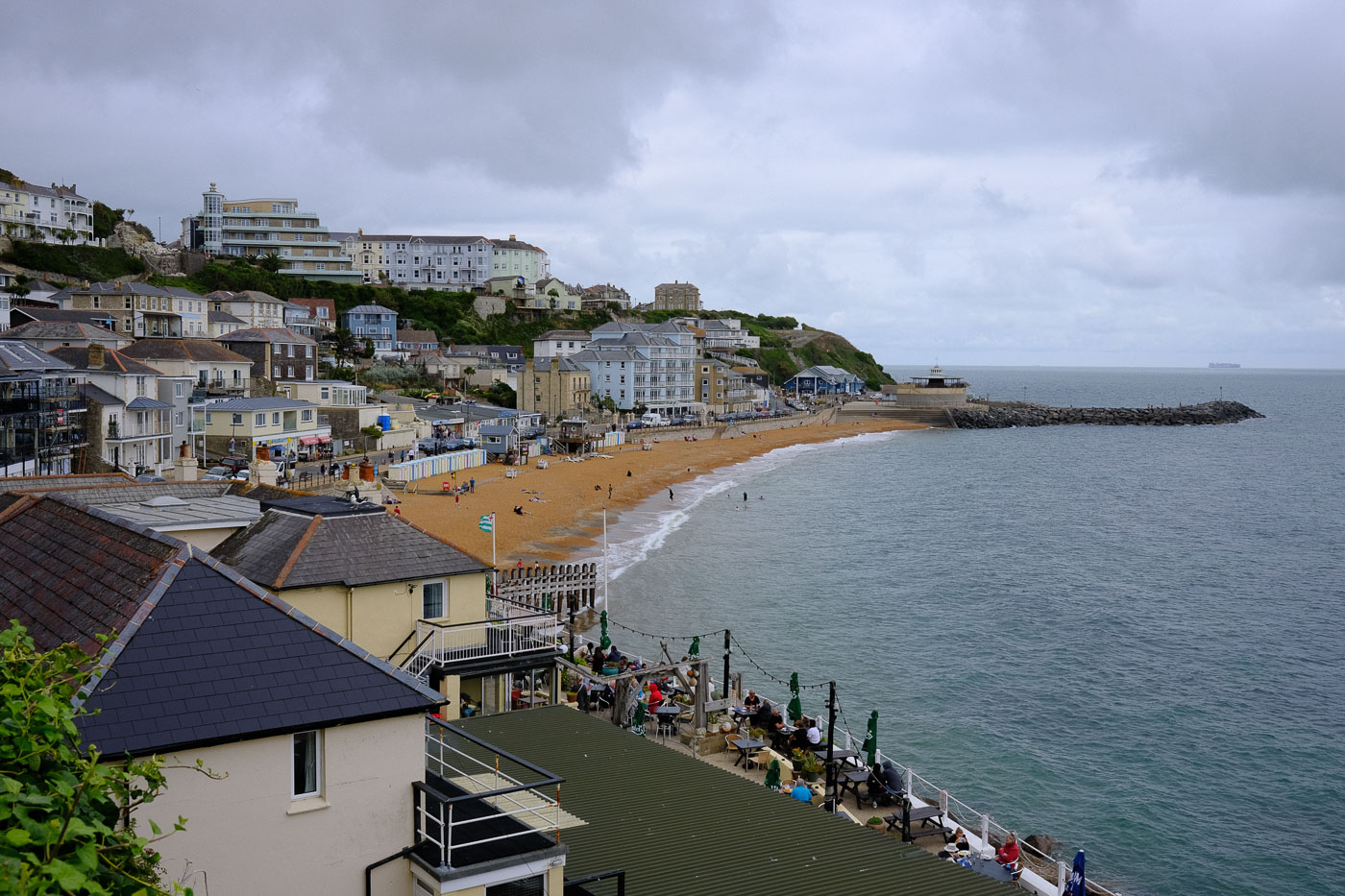
Sample 04. 1/420. f/8.0 ISO 320
X100V styling
When the X100V launched in 2020, it was a head-turner, and it still is today. It embraces everything people love about classic photography, with physical dials, milled aluminium top and bottom plates, and that dual-tone black and silver finish.
While out and about, I was asked more than once whether it was a film camera, what brand it was, and it often drew admiring glances. Let’s be honest, you probably wouldn’t be looking at the X100V if you didn’t appreciate its retro-chic design. It’s a clear nod to classic rangefinders, and a complete contrast to the more utilitarian look of most black DSLRs or modern mirrorless cameras. Those tend to prioritise function over form, while this, on the other hand, is all about being laid-back, stylish, and enjoying the slower, more tactile experience of taking a photo.
That brings us neatly onto usability, which is another area where the X100V really shines.
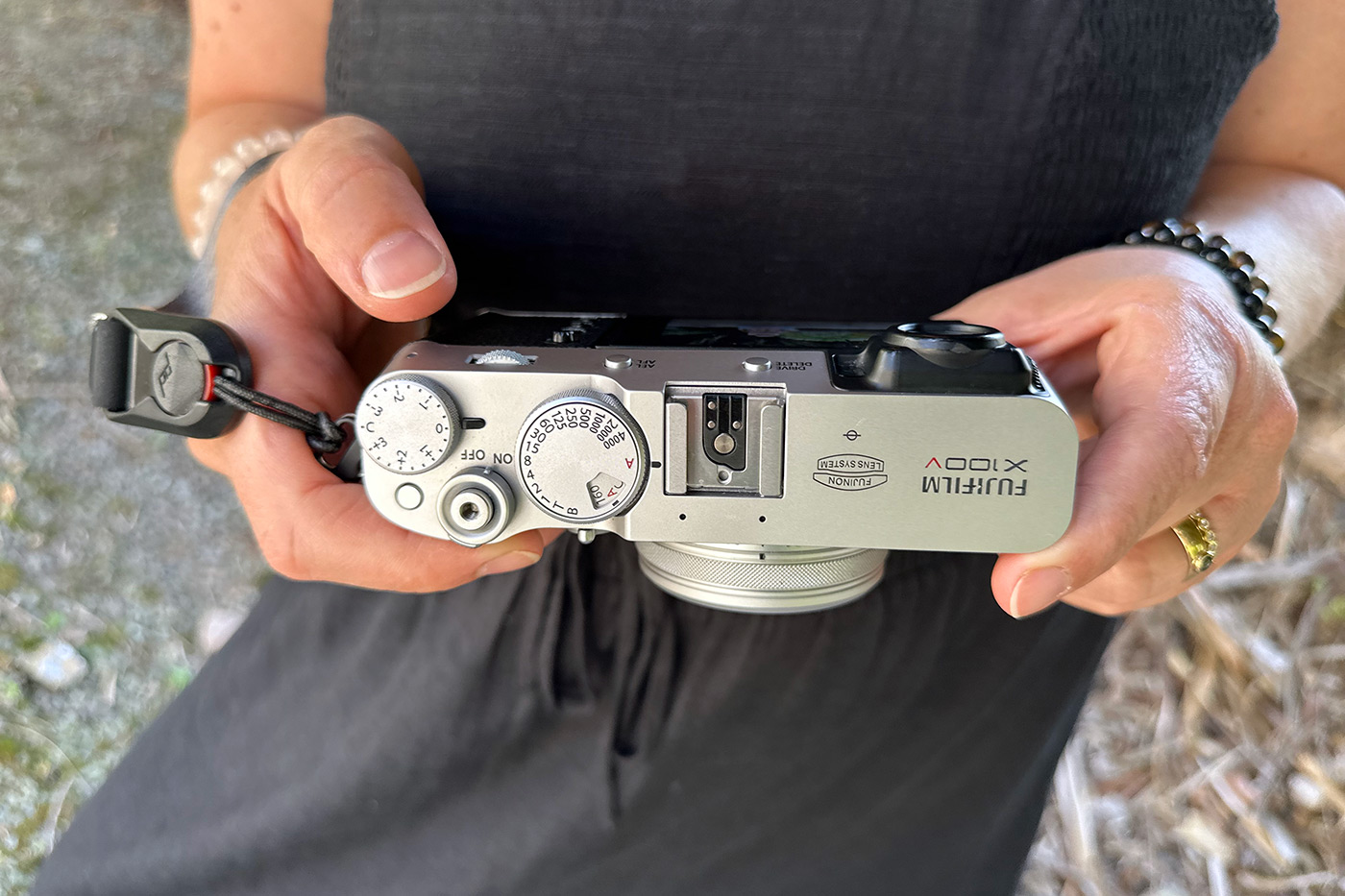
Is it user friendly?
Alongside the styling, Fujifilm really nailed the shooting experience with the X100V. The analogue controls are one of its defining characteristics, and despite being extremely compact, it handles remarkably well. I’ve used smaller cameras in the past that felt fiddly or cramped, but the X100V’s layout makes it easy to use whether shooting in landscape or portrait orientation.
Exposure is simple to manage, with the option to set Auto ISO when using Aperture or Shutter Priority, and in many situations, you can control exposure almost entirely via the well-placed exposure compensation dial. Alternatively, you can go fully manual using the dedicated shutter speed and ISO dials, the lens-based aperture ring, and various other physical controls, catering to the kind of experience you want at the time.
Another highlight is Fujifilm’s unique hybrid viewfinder, which lets you shoot through either an Optical Viewfinder (OVF) or Electronic Viewfinder (EVF). I spent most of my time using the OVF with frame lines, giving a classic rangefinder-style preview. It’s a great way to compose while staying aware of what’s happening just outside the frame.
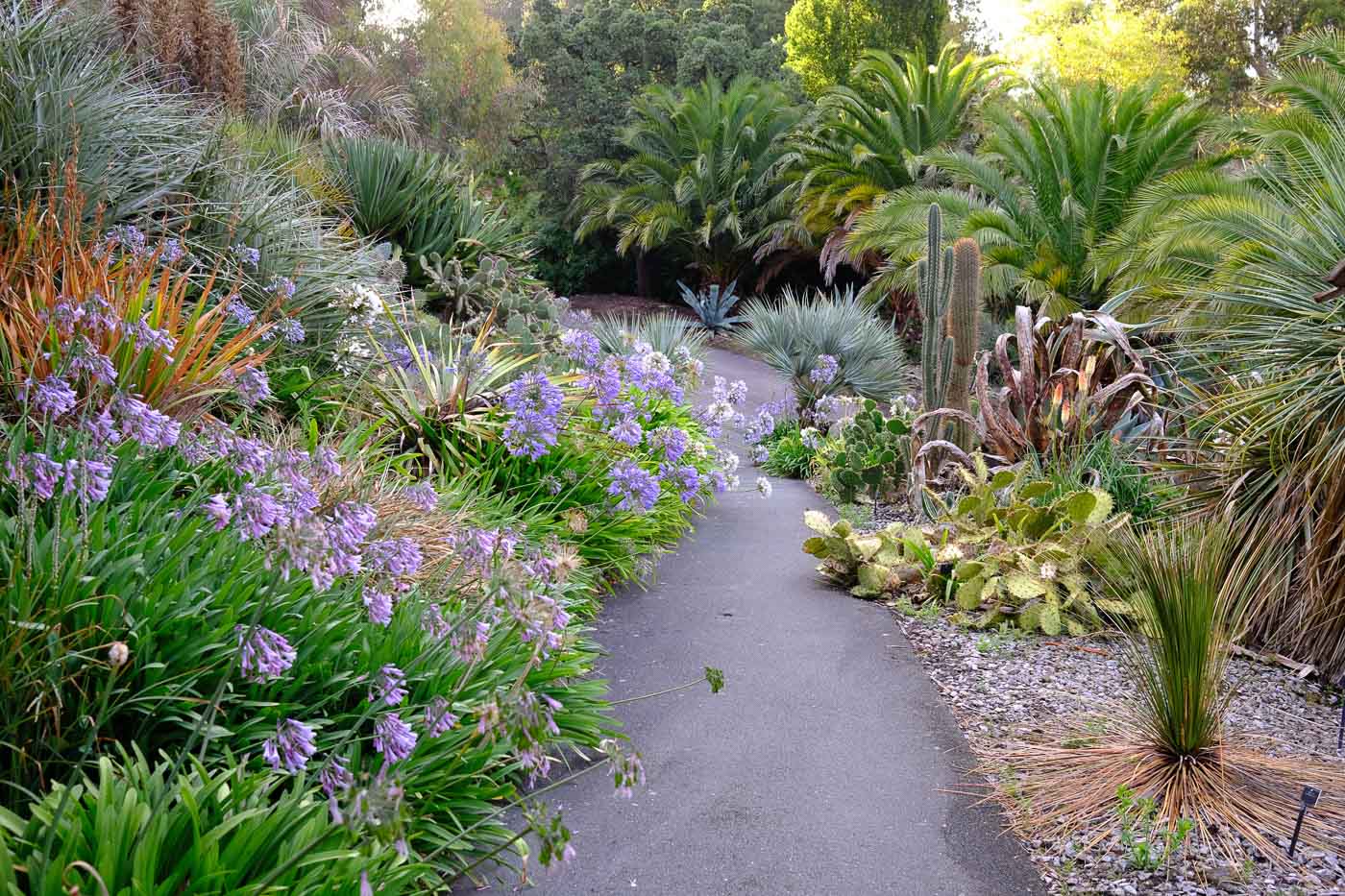
Sample 05. 1/100. f/4.0 ISO 640
The rear LCD doesn’t fully articulate like many modern mirrorless cameras, but it does offer two-way tilting. It also tucks into the back of the body, which is a feature that I always appreciate. It’s not as bright as the EVF, but perfectly usable in most situations, and the screen supports touch control if that’s something which you value.
Lastly, the weather sealing is well worth a mention, as it’s a great feature for a compact you’re likely to carry with you all the time. Just note that you’ll need to add the optional X100V Weather-Resistant Kit Silver or Black to make it fully weather-sealed.
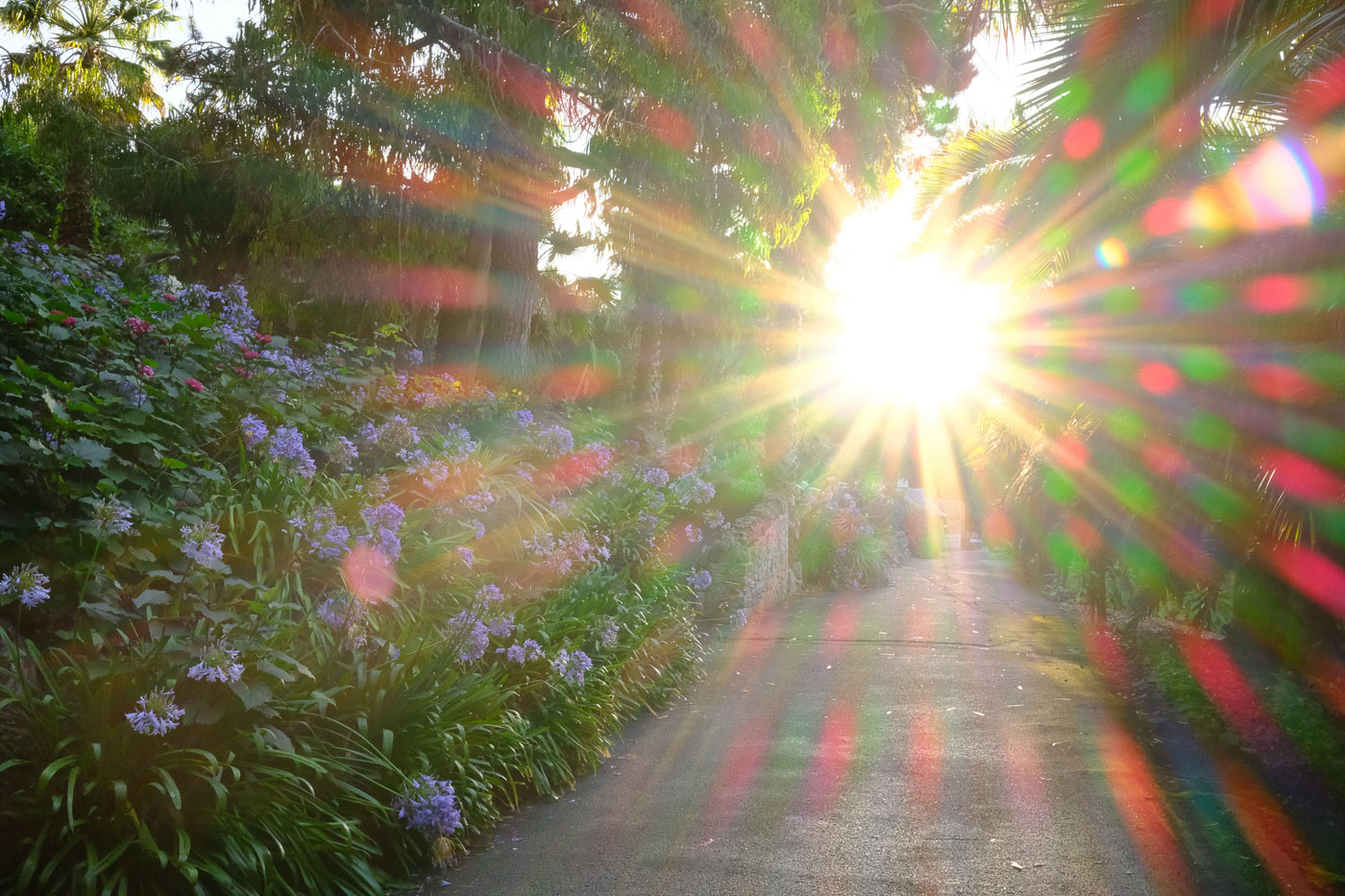
Sample 06, now that is some serious lens flare! 1/90. f/14. ISO 3200
Creative Shooting Features
I only scratched the surface of what the X100V can do, as it’s packed with shooting features to help creators make interesting content more easily for both stills and video. These include creative tools like Panorama, Multiple Exposure, HDR, film grain, and a range of bracketing modes including exposure, focus, and dynamic range.
It also captures video of course, though I didn’t shoot any during my time with it. If you like to record movies, there’s enough here to keep most videographers happy with DCI 4K at 30p, a mic input, and HDMI output. While there’s no dedicated 3.5mm jack for audio monitoring, you can use the USB-C port or mic socket if needed.
Being so compact and easy to handle one-handed, the camera encourages you to try out different angles and shoot in new ways. Combined with the desirable aesthetics and simple operation, it’s definitely a camera that begs to be taken out, which is exactly what you want from a pocketable compact.
This does beg the question of who is it for?
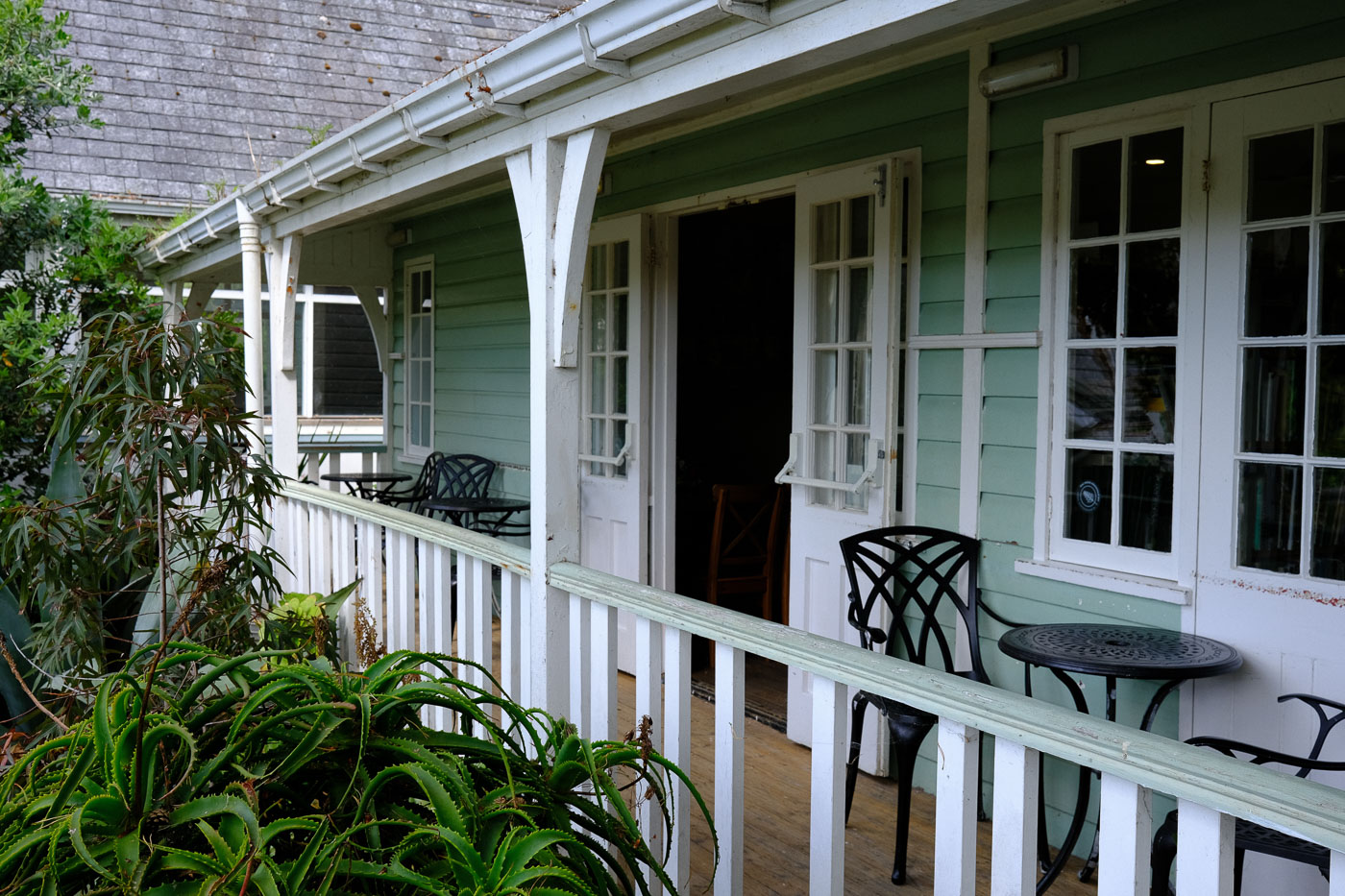
Sample 07. 1/120. f/5.6. ISO 160
What is the Fujifilm X100V Price and who is it for?
You can find a used Fujifilm X100V camera from around £1,150.00, complete with a 6-month warranty. That is solid value next to the new Fujifilm X100VI, which is priced at £1,599.00, or even the X-E5 Camera With XF 23mm F/2.8 Lens Kit Silver at £1,549.00, although that does offer interchangeable lenses.
That means that you can add a weather sealing kit (£99.00), a spare NP-W126S battery (£49.00) and SanDisk 128GB Extreme PRO 200MB/S SD memory card (£38.00) and still have some money left over for a weekend away with your new camera. But is it for you?
If you enjoy capturing everyday moments in either Auto or Manual modes, sharing your story, or taking photos on holiday, while travelling or just out and about, then the X100V offers a huge step up in ownership experience, handling and enjoyment compared to a smartphone. It’s also a refreshing alternative to lugging around a large body with interchangeable lenses, which appeals to me personally.
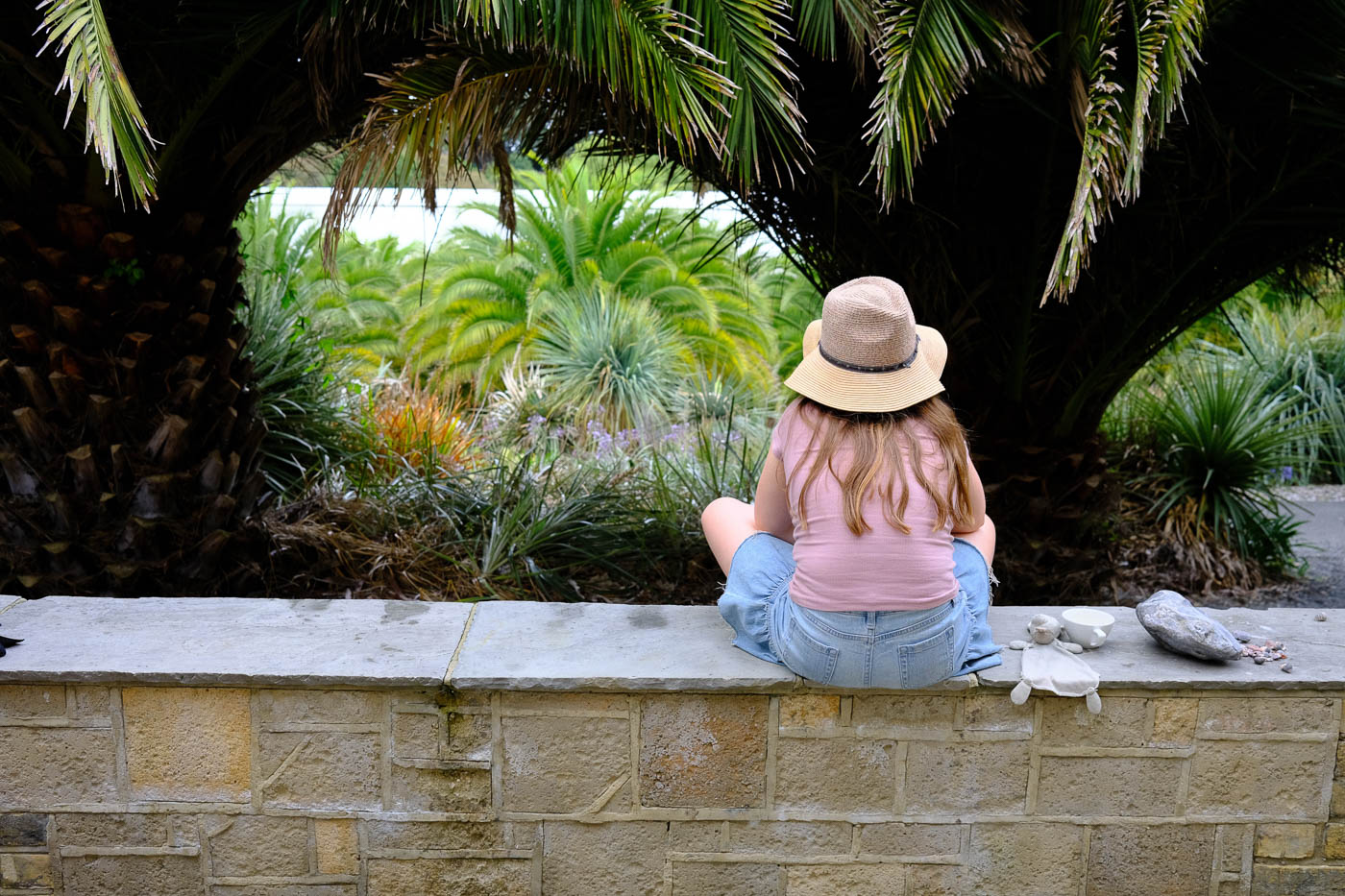
Sample 08. 1/240. f/4. ISO 320
This was easily the most commented-on camera I’ve ever reviewed, with friends and family all wanting to hold it and have a go. And really, that’s what you want from a camera, which is a creative outlet, a way to tell stories and create memories, and one is appealing to bring along.
I wouldn’t call it a professional tool, though it’s certainly a camera professionals will want to own, nor is it especially suited to beginners, although beginners could grow with it. But if you’re an enthusiast, casual photographer drawn to the styling, or just want a talking point for the pub or café, then the X100V is definitely one you’ll keep coming back to.
Shop for a used X100V camera today, browse our brand new Fujifilm Compact Cameras with a fixed lens, or explore all current used Fujifilm Cameras to find the perfect model to tell your story.
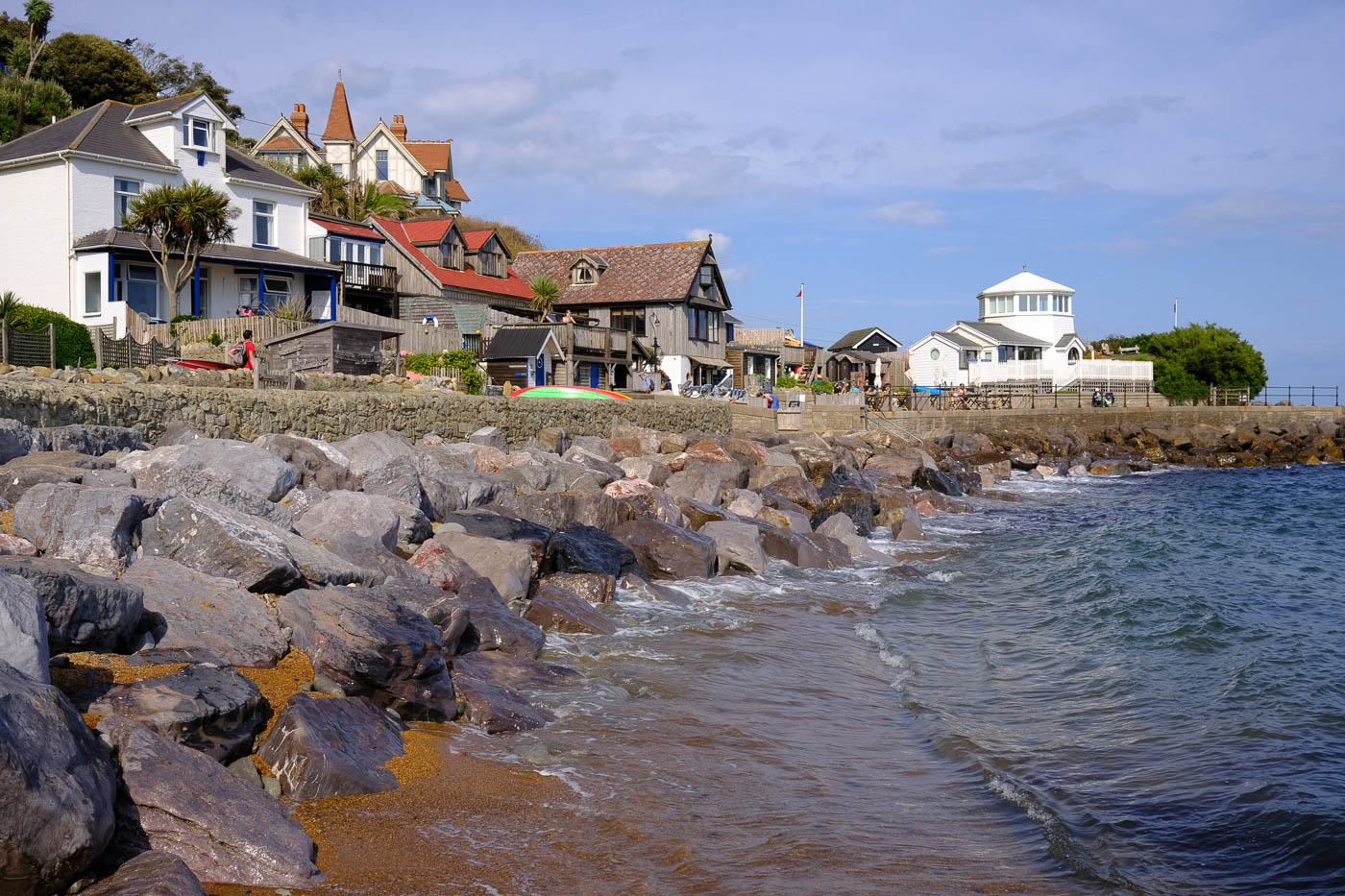
Sample 09. 1/420. f/8. ISO 160
Don’t forget you can use the Park Cameras trade-in service, which gives you an instant quote, free collection on gear worth over £300, and free delivery of your new camera, which is all quick and hassle-free.
Share this post:
By Nick Dautlich on 02/10/2025
Nick Dautlich
Senior Content Writer and Product Reviewer
Nick Dautlich is the Senior Content Writer and Product Reviewer at Park Cameras, with over 15 years of photography experience. A Sony Imaging Professional and expert reviewer, Nick has worked with major brands such as Canon, Sony and Nikon. His work is also featured on Vanguard World UK’s website, Capture Landscapes, and Shutter Evolve. Nick’s photography includes National Trust projects and magazine covers and he is passionate about landscapes and storytelling. Nick also enjoys hiking and teaching his children about nature. Learn more on his profile page.
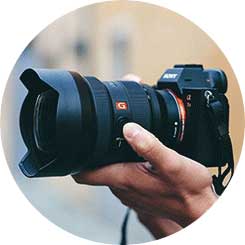
Trade in your old equipment
Fast and easy trade in service ensures your old gear is collected efficiently and you are paid quickly! It's very simple to trade in your unwanted photography gear. Just head over to our dedicated Sell or Part Exchange page, fill out the details, and we'll get back to you with an offer for your old gear. Take the cash, or put it towards the cost of your new gear. It's up to you! Find out more
sign up to the newsletter
Keep up to date on the latest photography news, events and offers. Sign up now